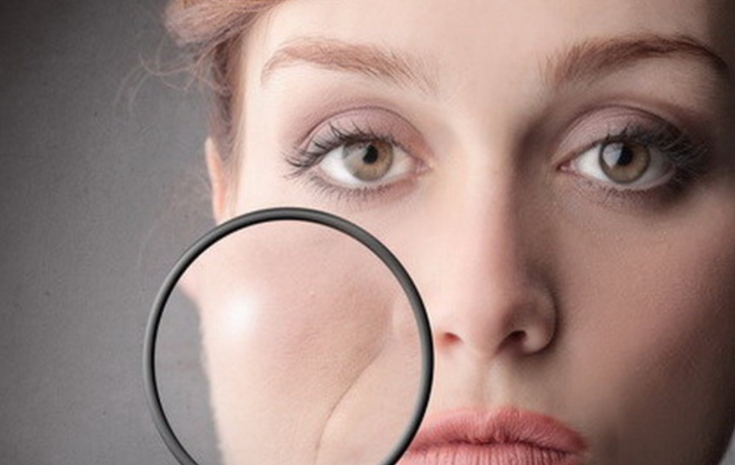Longitudinal wrinkles, stretching from the wings of the nose to the corners of the mouth, significantly add age to a person, although they are already laid in adolescents. On the one hand, their formation is largely associated with the active facial expressions of a smiling person. On the other – having formed into pronounced creases, they give the face a sad, gloomy expression. This controversial cosmetic defect of the face often becomes decisive, pushing a person to turn to a beautician. Moreover, as estet-portal.com notes, both men and women equally want to correct nasolabial folds in order to look younger.
What factors determine the formation of nasolabial folds
The nasolabial folds are formed with the participation of many facial muscles. The upper part of such a fold is pulled up and broken due to spasm of the alar part of the pars alaris nasal muscle. The muscle that raises the wing of the nose and the upper lip also participates in its formation. The middle and lower parts of the nasolabial fold are formed due to hypertonicity of the small and large zygomatic muscles, the buccal muscle. The fold ends in the corners of the mouth, and there it is fixed by a spasmodic muscle responsible for lowering the lower lip and corners of the mouth.
The degree of severity of nasolabial folds is determined by the anatomical features of the face, skin type and the brightness of the expression of emotions.
When smiling, the cheek muscles tighten and the skin moves closer to the nose, so nasolabial wrinkles are laid in the muscle layer already in adolescence. Another reason for the laying of nasolabial wrinkles can be a birth injury, after which the person's skull bones were left in the wrong position. With age, bone imbalance increases, the zygomatic bones converge, and the proportions of the face are disturbed, provoking a deepening of the nasolabial creases.
The following types of nasolabial folds are distinguished:
• stroke-fold – linear superficial wrinkle, very fine, without deep tissue depression;
• gap-fold – a pronounced furrow on the skin, combined with age-related changes in the underlying tissues;
• gradient fold – is formed due to a pronounced height difference between the cheek and the upper lip.
The final formation of nasolabial folds is completed by about 35 years. The following factors can contribute to their deepening, make them more noticeable:
• hereditary predisposition;
• unhealthy lifestyle, stress;
• incorrect facial skin care;
• malocclusion.
When losing weight with a significant decrease in body weight, the nasolabial folds become more pronounced, and when gaining weight – on the contrary, they are visually smoothed.

Possibilities of cosmetic correction of nasolabial folds
Today, aesthetic medicine can offer a wide range of options for the correction of nasolabial folds:
• surgical methods – when deep-lying tissues are tightened during facial contouring, and the nasolabial folds are straightened;
• thread correction techniques – when the soft tissues of the face, displaced under the influence of gravitational ptosis, return to their original, “young” face; position and are fixed, at the same time the nasolabial fold is smoothed;
• volumetric correction – when high-density fillers correct the volumes of the middle third of the face, lost due to age-related bone resorption, and at the same time, the skin is tightened, straightening the nasolabial fold;
• lipofilling – filling the crease with the patient's own adipose tissue, which evens out the relief of the face and smoothes the nasolabial fold.
The plasmolifting procedure gives a good correction effect, as a result of which regenerative processes are triggered, leading to a general rejuvenation of the skin and a decrease in the severity of wrinkles.
The most common method of correcting nasolabial folds today is the introduction of fillers based on hyaluronic acid.
They replenish the volume of tissues in the nasolabial fold and start the processes of neocollagenesis, which contributes to a significant reduction in the depth of creases. To enhance the effect on the nasolabial folds, prolong the results and improve the quality of the skin, chemical peels, laser resurfacing, other hardware and injection procedures, which are prescribed in a complex depending on the patient's skin condition, will help.







Add a comment